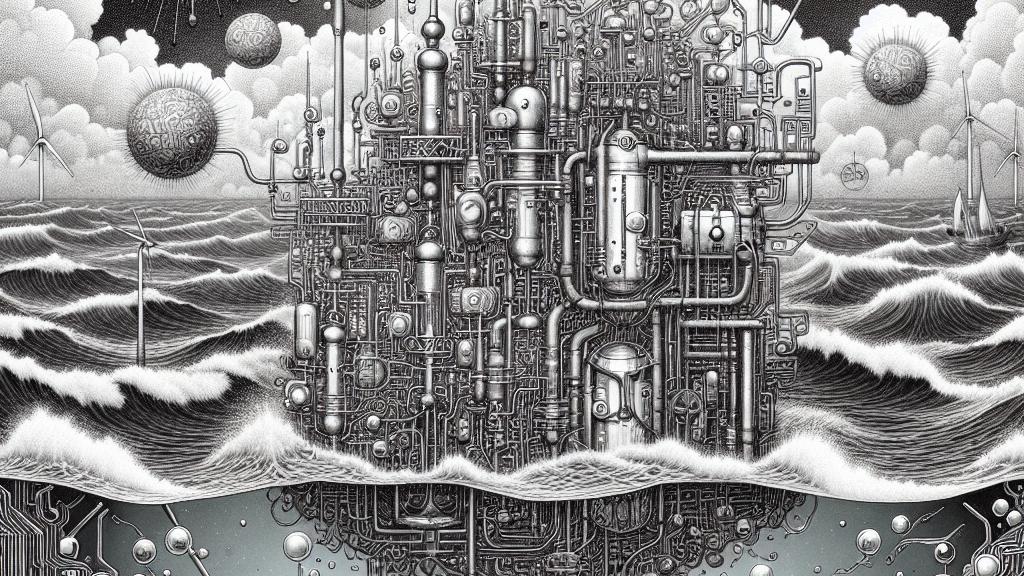Innovations in Anti-Corrosion Anodes for Seawater Electrolysis
Overview
- Revolutionary anti-corrosion anodes set a new standard for hydrogen production from seawater.
- Pioneering sulfate chemistry achieves an impressive operational lifespan exceeding 10,000 hours.
- This advancement paves the way for enhanced sustainability in energy technologies worldwide.

A New Era for Seawater Electrolysis
In the pursuit of clean energy, seawater electrolysis presents a transformative solution, unlocking vast potential for hydrogen production. A team of innovative researchers at the Ningbo Institute of Materials Technology and Engineering in China has introduced groundbreaking anti-corrosion anodes that allow this process to thrive under harsh marine conditions. Unlike traditional electrodes that quickly corrode, leading to unsustainable hydrogen generation, these advanced anodes promise to revolutionize how we harness the ocean’s abundant resources. Such progress not only facilitates the transition away from fossil fuels but also positions hydrogen fuel as a key player in the quest for a sustainable future.
Understanding the Mechanism: A Deeper Dive
Central to this breakthrough is the NiFeBa-LDH catalyst, a marvel of modern science. By cleverly incorporating barium ions, researchers created a robust sulfate layer that effectively repels corrosive chloride ions—one of the most significant threats to conventional anode durability. What makes this innovation particularly impressive is the longevity it brings: over 10,000 hours of stable operation at a consistent current density of 400 mA cm−2. In sharp contrast, standard nickel-based anodes often fail after just a few hours in seawater. This marked difference showcases the transformative potential of the NiFeBa-LDH, making it not just a step forward but a quantum leap in seawater electrolysis technology.
Looking to the Future: Implications and Opportunities
The broader implications of these anti-corrosion advancements are nothing short of revolutionary. They open up exciting possibilities for developing sustainable hydrogen strategies, turning seawater into a valuable resource for clean energy. Imagine cities energized by hydrogen produced from the vast oceans, drastically reducing our reliance on conventional energy sources. As researchers embark on the journey to scale and commercialize these technologies, they lay the groundwork for a world where hydrogen fuel powers everything from cars to industries. This vision of the future is not just aspirational; it’s becoming attainable. The combination of scientific ingenuity and environmental necessity could be the catalyst for a global shift towards a cleaner, greener energy landscape.

Loading...